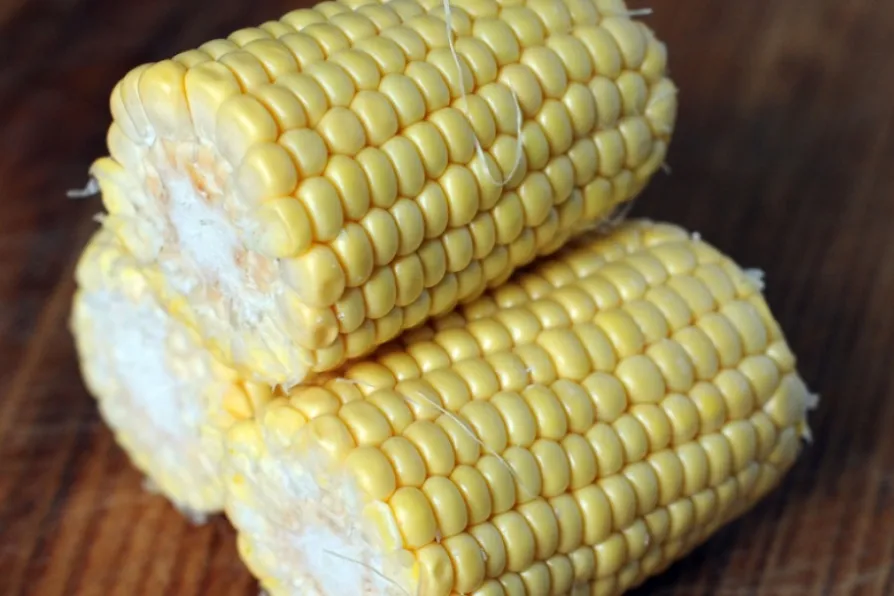Once the bustling heart of Christian pilgrimage, Bethlehem now faces shuttered hotels, empty streets and a shrinking Christian community, while Israel’s assault on Gaza and the tightening grip of occupation destroy hopes of peace at the birthplace of Christ, writes Father GEOFF BOTTOMS


SWEETCORN is, famously, one of the most rewarding vegetables to grow in the garden. Because some of its sugars turn to starches so quickly after picking, its full flavour can only ever be experienced by cooking it within minutes of taking the cob from the plant.
It is also, just as famously, difficult to grow well in the British climate, except in parts of south-east England and the Isle of Wight.
Modern “super-sweet” cultivars are much more reliable than the old varieties and stay tastier for longer, but even so, it’s always going to be a crop that requires a good amount of luck to succeed.

MAT COWARD sings the praises of the Giant Winter’s full-depth, earthy and ferrous flavour perfect for rich meals in the dark months

MAT COWARD presents a peculiar cabbage that will only do its bodybuilding once the summer dies down












